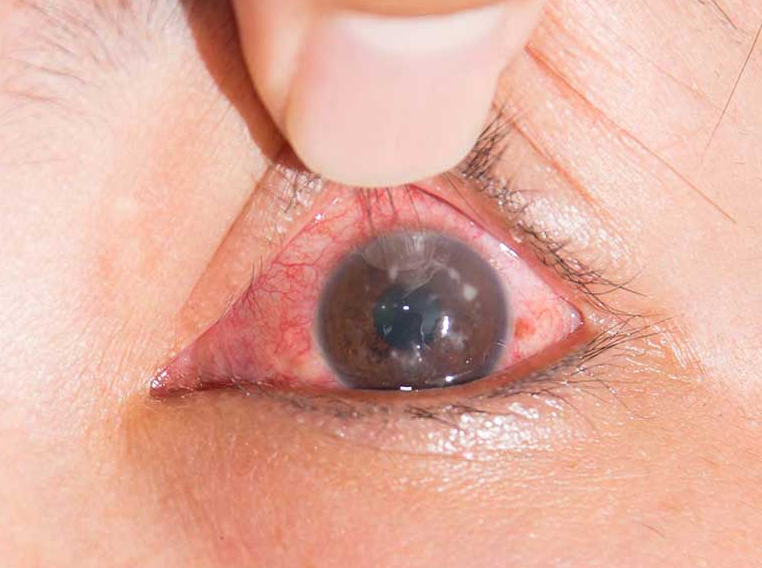
Arbitrarily buying eye drops without a prescription leads to many people using corticosteroids for a long time, which is very likely to cause glaucoma - Illustration photo
Glaucoma (commonly known as optic nerve disease) is used to refer to a group of diseases with common characteristics of increased intraocular pressure beyond the eye's tolerance, concavity, and atrophy of the nerve disc.
Vision loss due to glaucoma
Phu Tho Provincial Eye Hospital said that since the beginning of the year, it has recorded many cases of glaucoma. Among them are many young patients, but when they come for examination, they need a guide because their vision has been completely impaired due to glaucoma.
After examination and history taking, doctors noted that many cases of glaucoma were related to a history of long-term use of corticosteroid eye drops.
A typical case is Ms. NTH (48 years old, Thanh Son, Phu Tho) was diagnosed by doctors at Phu Tho Provincial Eye Hospital with open-angle glaucoma, vision reduced to 2/10.
Ms. H. said that she had previously suffered from pink eye and went to the doctor and was prescribed eye drops and was cured. However, after that time, every time her eyes itched, felt gritty or red, she took out the bottle of eye drops she had used before to buy and use them herself and found it helped.
"Recently, I sometimes have blurred vision but it passes quickly and then goes away so I don't pay attention, still thinking it's because I lack sleep and now my eyesight is much worse than before" - she said.
According to MSc. Mai Thuy Ha, head of the glaucoma - vitreous - retina department, the above patient's case is not uncommon in glaucoma patients when they come to the hospital for examination and treatment. This shows that the current practice of people arbitrarily buying and using eye drops is very alarming.
There are many different types of eye drops such as antibiotics, corticosteroids, pain relievers, eye supplements... and are prescribed differently for different patients.
However, people often buy drugs without prescription, leading to many people using corticosteroids for a long time, which is very likely to cause glaucoma.
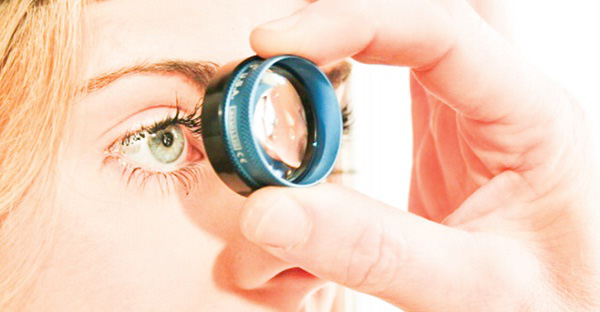
When you see abnormal signs in your eyes or your vision is impaired, you should immediately go to an eye specialist for examination - Illustration photo
Know the symptoms of the disease for early examination and treatment
According to doctors, people at high risk of glaucoma include people over 35 years old (the older you are, the greater the risk of glaucoma); relatives of glaucoma patients; patients with a history of long-term use of corticosteroids (eye drops or systemic);
Patients with systemic diseases (diabetes, high blood pressure...); people with small eyeballs such as severe farsightedness, small cornea, shallow anterior chamber or people who are easily emotional or anxious are at a favorable risk for glaucoma attacks.
The disease often starts suddenly with symptoms of sudden, severe eye pain that spreads to the same side of the head. The patient sees red and blue halos around lights like a rainbow. They often feel nauseous or vomit, have abdominal pain, sweat, red eyes, and blurred vision at various levels. It can be as blurry as looking through a fog, but vision can also be severely reduced to the point of only being able to count fingers or see the shadow of a hand. When touching the eye, the eyeball feels as hard as a marble.
Sometimes the patient feels photophobia, watery eyes but no eye discharge, swollen eyelids, red eyes with peripheral congestion, and opaque edema of the cornea.
However, there are cases of glaucoma that appear silently and progress slowly over a long period of time, so the patient does not notice that their vision is decreasing until the disease has progressed and severely damaged their vision.
Experts recommend that when experiencing the above symptoms, patients should immediately go to eye hospitals or the nearest medical facilities for eye examination, intraocular pressure measurement and timely treatment.
You should monitor and re-examine regularly, follow the doctor's treatment regimen when you have glaucoma... to prevent the disease from continuing to damage the optic nerve head, and minimize damage to the physical and visual function.
In addition, people at high risk of glaucoma need to have regular eye exams at least every 6 months to promptly detect and treat eye diseases, including glaucoma.
Source: https://tuoitre.vn/thoi-quen-nhieu-nguoi-mac-de-dan-den-benh-nguy-hiem-gay-mu-vinh-vien-20240923224116239.htm



![[Photo] Prime Minister Pham Minh Chinh and United Nations Secretary-General Antonio Guterres attend the Press Conference of the Hanoi Convention Signing Ceremony](https://vphoto.vietnam.vn/thumb/1200x675/vietnam/resource/IMAGE/2025/10/25/1761391413866_conguoctt-jpg.webp)
![[Photo] National Assembly Chairman Tran Thanh Man receives United Nations Secretary-General Antonio Guterres](https://vphoto.vietnam.vn/thumb/1200x675/vietnam/resource/IMAGE/2025/10/25/1761390815792_ctqh-jpg.webp)

![[Photo] Prime Minister Pham Minh Chinh receives United Nations Secretary-General Antonio Guterres](https://vphoto.vietnam.vn/thumb/1200x675/vietnam/resource/IMAGE/2025/10/25/1761390212729_dsc-1484-jpg.webp)

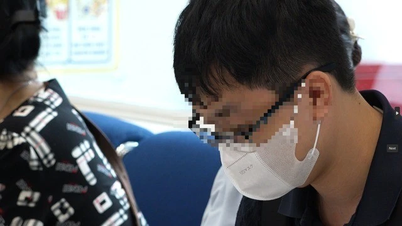



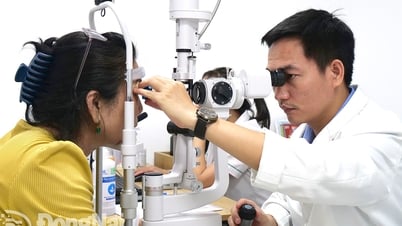



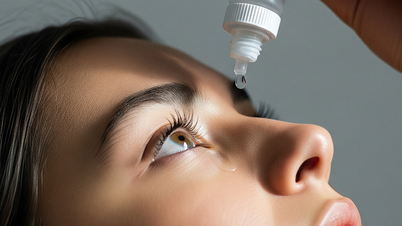
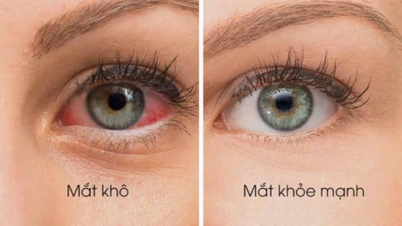

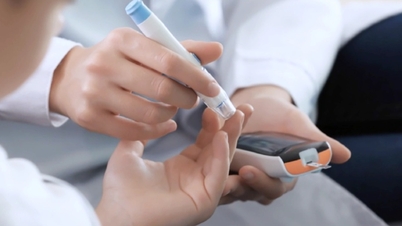





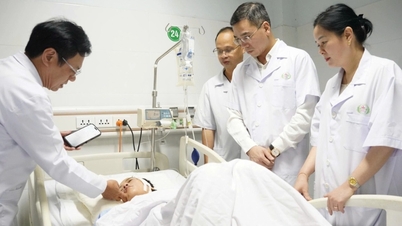












![[Photo] General Secretary To Lam meets with General Secretary and President of Laos Thongloun Sisoulith](https://vphoto.vietnam.vn/thumb/1200x675/vietnam/resource/IMAGE/2025/10/25/1761380913135_a1-bnd-4751-1374-7632-jpg.webp)













































































Comment (0)